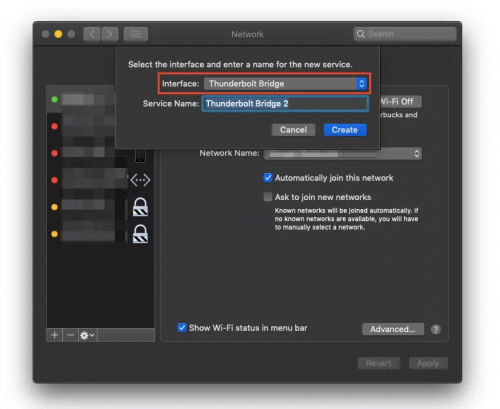

Enter a ‘Shared Secret,’ which is how VPN clients and servers will confirm one another’s identities. In the ‘VPN Host Name’ field, enter the host name that you created in the previous step. In macOS Server, select ‘VPN’ from the left-hand menu. Again, instructions vary between routers, so consult your router’s documentation for more information. Configure your router to use this host name. Once you’ve created an account, follow the provider’s instructions to generate your host name. There are plenty of DNS providers, but some of the most popular include No-IP, FreeDNS, Dynu, Dyn, and Zonomi. You can use any name you want, but to make your life easier you should choose something that’s easy to remember! While you could use your IP address, this address changes over time, so for the best results you should create a host name, which never changes. Next, you’ll need to generate a host name so that you can access your server remotely. 
MacOS Server requires four open ports, so create the following:
These settings should include a place where you can create additional ports, typically labelled as Port From, Protocol, IP Address, or Port to. If there isn’t an obvious ‘Port Forwarding’ section, then look for a Firewall, NAT or Virtual Server section, as these might contain the port forwarding settings. Find your router’s port forwarding settings. This will take you to the router’s settings. Enter this address into your web browser’s address bar. Select the ‘TCP/IP’ tab you’ll find your router’s address next to ‘Router.’. Find your router’s IP address by selecting the ‘Apple’ logo from your Mac’s menu bar, and navigating to ‘System preferences > Network.’. If in doubt, consult the documentation for your specific router. 
Every router is different, so although I’m outlining the steps you’ll typically take, this process will vary between routers. If you’re using anything other than an AirPort, then you’ll need to setup port forwarding manually.
macOS Server will now automatically configure your AirPort to forward any external VPN traffic to your VPN server. Select ‘Enter password…’ and enter your AirPort’s configuration password. Select your AirPort base station from the left-hand menu. If you’re using an Apple AirPort router, then this process is largely automated: The first step, is configuring your router to allow incoming connections on certain ports. Once you’ve installed macOS Server, launch the app and let it guide you through the initial configuration. #HOW TO PUT A VPN ON A MAC THROUGH SYSTEM DOWNLOAD#
Download the macOS Server app to the Mac that you want to use as your server. An Apple AirPort router tends to work best, as your Mac will be able to complete much of the AirPort setup automatically. Connecting to your VPN requires a router that supports port forwarding and DDNS services. For the best results, the Mac that you’re using as your server should be permanently connected to the network via an ethernet cable. In order to create your VPN server, you’ll need the following:







 0 kommentar(er)
0 kommentar(er)
